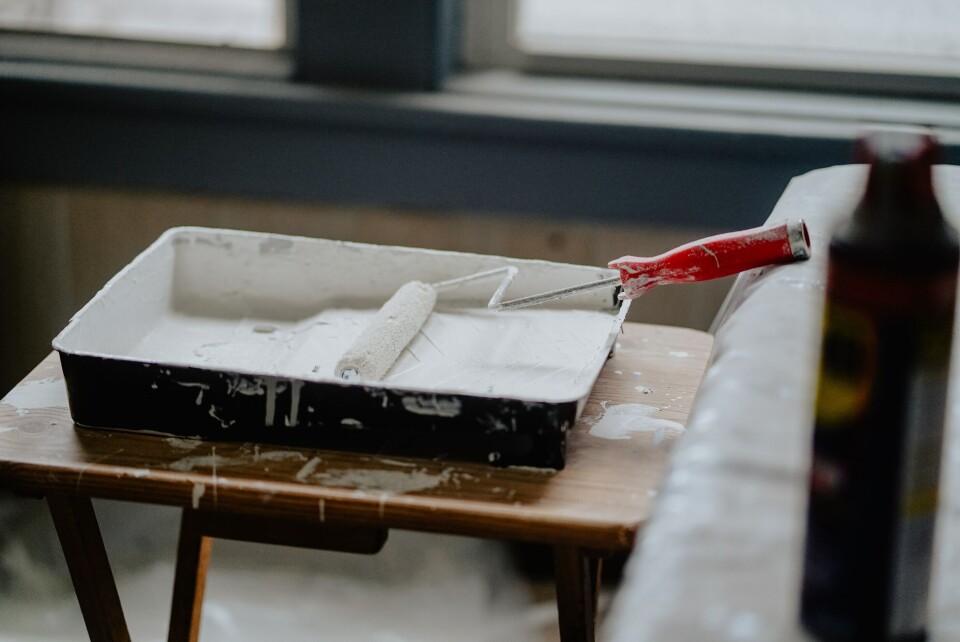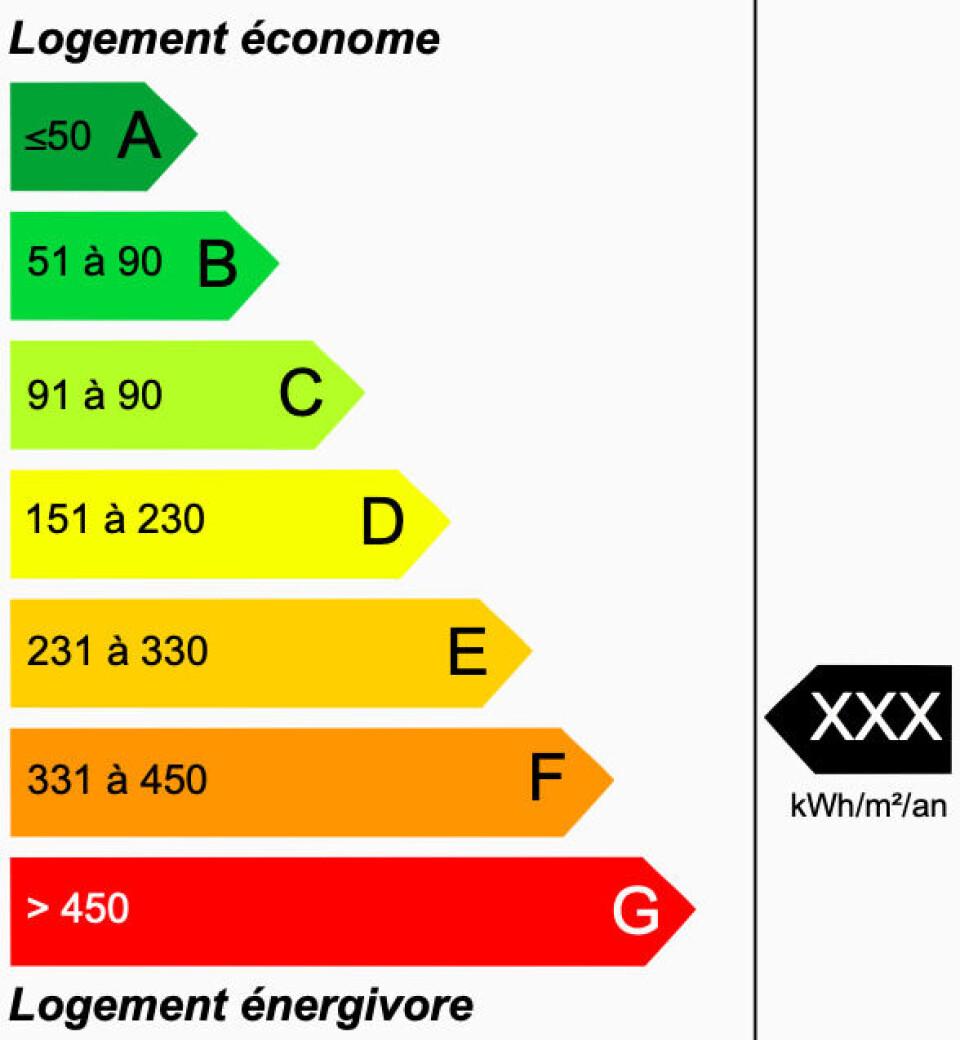-
How to dispose of your Christmas tree in France in 2026
Dumping an old tree on the pavement, in a park or in woodland is illegal, and can result in a fine
-
How to set up a fuse box in a French home
Columnist Nick Inman charts the ups and downs of renovating an old French farmhouse
-
How to arrange a green funeral in France
Obsèques écologiques have been slow to gain popularity in the country
Renovating a home in France? Save receipts to avoid undervaluation
Changes to the way properties are assessed for energy output mean some homeowners will need to provide extra paperwork to get an accurate rating or risk undervaluation

Changes to the energy evaluations required for selling or letting French homes come into effect on July 1 with the risk of an undervaluation if the owner cannot supply paperwork giving details of certain improvements carried out.
The changes will oblige the professional diagnostiqueurs who carry out the checks to note more precise detail about the property than before. This is linked with a significant legal change dating from 2018's Elan law that comes into force at the same time, making the checks legally enforceable.
This means that rather than the energy check certificate being deemed to be for 'information' only, as before, new ones will be considered legally binding. In future therefore if a buyer or letter was to find that the home was much less energy efficient than had been claimed, they could sue the seller, who in turn could sue the diagnostiqueur.
The upshot of this is that checkers are likely to ask owners for more information than before and to be conservative if full facts about installations are not available.
This is liable to be especially the case for any items that are 'invisible', such as insulation hidden in walls, ceilings or floors, or for example the heating system of a block of flats, that may be in the basement and inaccessible.
Without accurate paperwork for such elements, the diagnostiqueur will assume the installations to be equivalent to what was typical for the year when the building was built, likely to result in a worse DPE rating and potential undervaluation of a property.
Furthermore the diagnostics will no longer take account of energy bills, so will be based on an assessment of the physical characteristics of the property, both by inspection and related paperwork.
What is the DPE?
The diagnostic de performance énergétique analyses homes for their energy output, giving them a rating from A-G, based on how much energy they consume.

The DPE rating system (Sebeeek, CC BY-SA 3.0, via Wikimedia Commons)
Homes that consume the least energy are given an A rating, progressing down to G for the least environmentally-friendly homes.
A DPE must be done before any home can be put on the market for sale or rent. It is then valid for the following 10 years.
How is the DPE changing?
Currently the DPE measures energy output using two sources of information. The first is a technical analysis of physical features of the property, including insulation, heating and cooling systems, hot water production and more.
A second method, which is due to be removed in July, involves looking at household energy bills.
Instead, in addition to heating systems, new factors such as lighting and ventilation will be taken into account during the first analysis.
From July, the amount of greenhouse gasses that properties emit will also be evaluated and added to the overall DPE rating.
The final rating will be based on an assessment of energy consumption and greenhouse gas emissions – with whichever factor scores the lowest defining the overall rating.
For example, a property that consumes 241kW h of energy per metre (meaning an E rating) and 75kn of Co2 per square metre per year (meaning an F rating) will receive a F rating overall.
What kind of paperwork do homeowners need to provide?
The DPE analysis will take into account many aspects of a property including walls, windows, floors, heating systems and more, so any information about these – or work done on these - is relevant.
It is in homeowners’ interests to share as much information as possible – otherwise the analysis could, for some elements, default to data for the year the building was constructed, assuming the most commonly employed construction techniques from that time.
This can result in a rating lower than is truly deserved, especially for old buildings in which improvement works have been done.
The best course of action is to keep all documentation about the property and any renovations in order to provide information that is as complete as possible.
Floor plans, analyses of habitable space, co-propritété regulations, maintenance and renovation contracts, bills, photographs of hidden work such as insulation, and proof of financial aid such as tax credits for eco-friendly renovations can all be useful.
Homeowners who have done renovation work themselves can provide receipts for materials.
People who own homes in shared buildings (eg. flats) should notably aim to provide paperwork giving details of communal systems to which the person doing the analysis may not have access such as central heating systems.
A complete list of relevant documentation for DPE evaluations is available in French on the government website.
Are there any other changes?
As mentioned above, from July 1 property buyers and renters moving into homes will be able to challenge DPEs that they think are incorrect or incomplete – and could be eligible for compensation if their challenge is upheld.
The onus is therefore on the seller or landlord to provide information that is as complete and accurate as possible so that the DPE is correct.
In the event of a challenge, accurate paperwork from either party is liable to be the deciding factor.
Related stories
MaPrimeRenov: How to claim grant for energy upgrades in French home
























